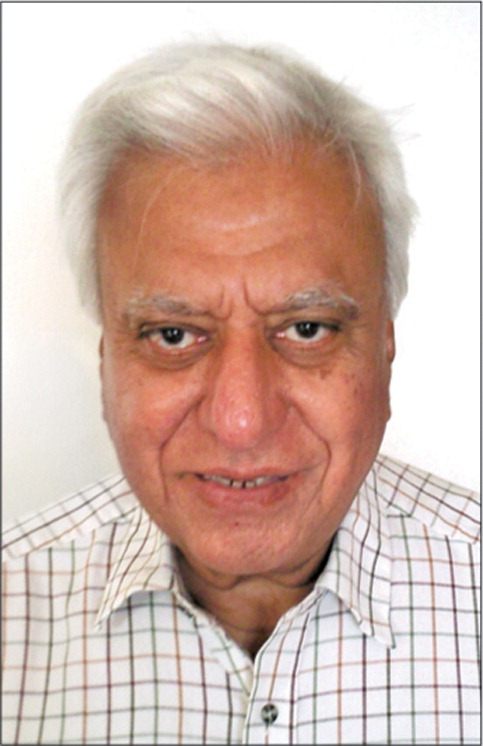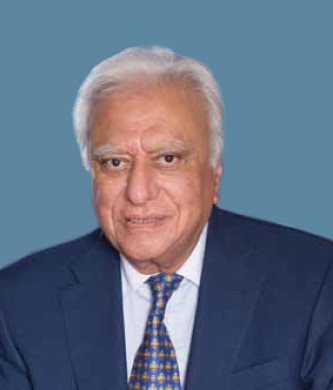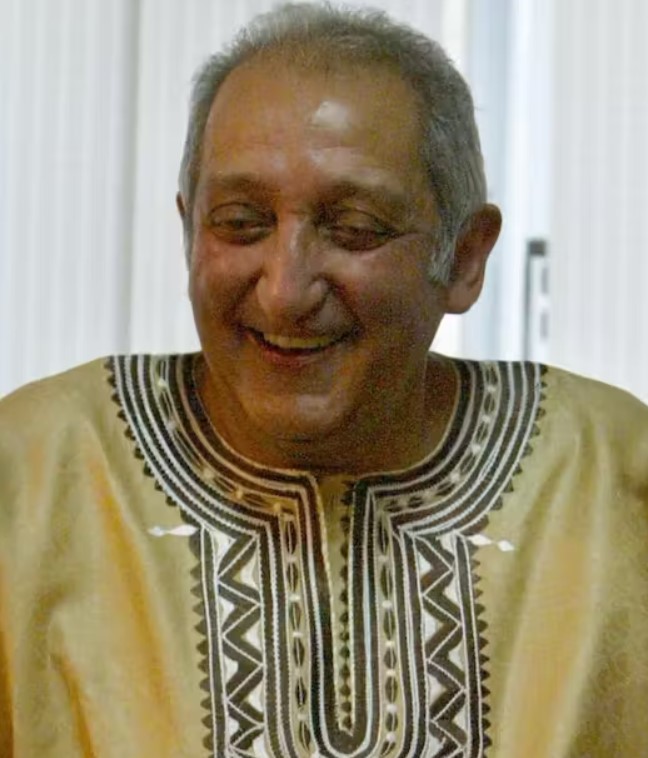"Community Engagement at the University of Zululand is rooted within the African philosophy of Ubuntu which is guided by the principles of reciprocity, mutuality, social justice and humanity. As a scholarly project Community Engagement, at UNIZULU- focuses on enhancing African values and principles to redress previous social inequalities and encourage social justice through curriculum, research and service."
A timeline of the University of Zululand. Where the Teaching and Learning and Centre(TLC), comprises four units to drive the teaching and learning agenda of the University, namely: Teaching with Technology; the Academic Staff Development Office (ASDO);the Student Academic Development Office (SADO) and Curriculum development.
TIMELINE:
1960: The University College of Zululand is established as a constituent college academically affiliated to the University of South Africa. The first intake of 41 students includes five females. Professor PAW Cook is appointed as the first Rector. From humble beginnings, the institution has dramatically evolved to a fully-fledged university, equal to any of the centres of higher learning in South Africa.
1961: The University is officially opened on 8 March at a ceremony attended by 280 dignitaries, including tribal chiefs as well as diplomats from Switzerland, Brazil and Austria.
1963: The first graduation ceremony takes place.
1964: Prof. JA Maré appointed as the second Rector.
1970: University status is granted to University College of Zululand.
1971: Dr. TF Muller is appointed as the first Chancellor. The University’s coat of arms is officially introduced.
1977: Prof. AC Nkabinde becomes the first Black Rector.
1979: Dr. MG Buthelezi is installed as the first black Chancellor. The Durban-Umlazi Extramural Division is established to serve the needs of the surrounding community. Prof. AM Nzimande is appointed as its first campus Director.
1980: Election of the first Student Representative Council as well as the opening of the King Bhekuzulu Hall currently located at the KwaDlangezwa Campus.
1981: The Cecil Renaud Extramural Division is established at the main campus to accommodate after-hours students. The Department of Nursing Science is also established.
1982: The University of Zululand Foundation, administered by a Board of Governors, is established to oversee the University’s fundraising and investment operations.
1983: A farm of 2500 hectares is acquired in the Ntambanana area for the establishment of a Department of Agriculture. A Centre for Business starts functioning. Approval is obtained for the establishment of departments of Hydrology and Mathematical Statistics. Dr M Brindley becomes the first white student to obtain a doctorate (special concession).
1984: The University Council is granted autonomy with regard to practically all matters relating to the disbursement of the annual subsidy, provision of facilities, the determination of the establishment and the employment of staff.
1985: The Science Centre and the research unit for New Religious Movements and Churches (NERMIC) are established.
1986: The University of Zululand is opened to all races. First Honorary Doctorate awarded to Rev. Enos ZK Sikhakhane.
1987: The new library building is completed. The Centre for Legal Services is also established.
1988: Departments of Agriculture, Engineering, Human Movement Science and the Institute for Education and Human Development are established.
1993: Strong links are forged internationally. The research and training farm becomes operational.
1994: Prof CRM Dlamini becomes the fourth Rector. An honorary doctorate degree is conferred upon His Majesty, King Goodwill Zwelithini at a ceremony attended by the then State President, Nelson Mandela. The UZNET computer network is established at the main campus.
1995: Honorary Law Doctorate conferred on Deputy-President FW de Klerk.
2000: The Hewlett-Packard Computer Academy is inaugurated.
2001: The new modular academic system is introduced. Then Deputy President Dr. JG Zuma is installed as the University’s third Chancellor. An Honorary Doctorate is conferred on then Deputy-President Dr. JG Zuma.
2002: The University of Zululand is declared as the only institution of higher education north of the uThukela River and, henceforth, includes outcomes-based programes in its curriculum. The University experiences an increased intake of students from other parts of Africa, especially from Namibia, Nigeria, Kenya, Zimbabwe, Botswana, Lesotho and Swaziland.
Standardised assessment tests (SATs) are administered for the first time in order to assess first-year students in English, Mathematics and Science, so that students at risk in these subjects can be assisted to improve their skills through participation in appropriate enrichment programes. The Overarching Reconfiguration Committee (ORC) is established to represent all stakeholder groupings on campus as well as local businesses so as to generate policies and principles to facilitate the goal of reconfiguring the University into a comprehensive institution as decreed by the Department of Education in May 2002.
A five-year Strategic Plan is inaugurated.
2003: Prof. RV Gumbi becomes the University’s first black female Rector and Vice-Chancellor. She is the fifth Rector appointed since 1960.
Effective measures are introduced to turn around the University’s poor financial record and to redeem an overdraft of over R46-million within a three-year period.
Launch of the South African-Norway Tertiary Education Development Programe (SANTED) – a major capacity-building project to meet the needs of the restructuring process. The Quality Promotion Assurance (QPA) Unit is launched to promote quality in teaching, learning and research by means of practical support, provision of advice and policy development.
2004 : The chair for the Centre for Integrated Rural Development (CIRD) is launched – partnership between Kumba Resources and the University of Zululand.
2005 : The former six faculties (Arts, Education, Science and Agriculture, Law, Commerce and Administration as well as Theology and Religion Studies) merge to become four Faculties, namely Arts, Education, Commerce, Administration and Law as well as Science and Agriculture.
The University celebrates its 45th anniversary.
UNIZULU launches its internal Organisational Development Plan (ODP) and major turn-around achievements are recorded.
2006:Replacement of UNIZULU’s old computer system with a state-of-the-art ITS computer infrastructure worth R32,9 million.
A new Department of Quality Assurance is established and a Director, Prof. G. Kistan, is appointed.
2007 : Four Executive Deans are appointed in the four faculties, namely, Prof. Nomahlubi Makunga in the Faculty of Arts Prof. Sitwala Imenda in the Faculty of Education, Prof. Ramesh Ori in the Faculty of Science and Agriculture, and Prof van den Bergh in the Faculty of Commerce, Administration and Law.
The construction of new R160 million off-campus building commences in the central business district of Richards Bay.
GIJIMA (Change Management Project) is inaugurated to ensure the implementation of operational changes in a systematic and controlled fashion.
New student residences are completed to house 368 occupants. The University, with co-host Jackson State University, US, hosts the first-ever Global-World HIV/AIDS Alliance conference (GHAA) in Africa which was attended by delegates from 25 global countries. UNIZULU’s Chemistry Department and the International Centre for Materials Research, the University of California and Jackson State University, host an International Nanotechnology Conference with 1996 Nobel Laureate and initiator of the nanotechnology revolution, Sir Harry Kroto, as Chairman.
2008: The then Minister of Education, Ms. Naledi Pandor, and UNIZULU’s then Chancellor Dr. JG Zuma, commission the construction of new residences at the main campus and officiate the construction of a new campus at Richards Bay.
Preparations commence for the Institutional Audit by the Department of Education in October 2008.
2009: UNIZULU, together with the Department of Economic Department, co-hosts the First International Co-operative Conference in February.
The Richards Bay Campus is launched in October 2009.
2010:Prof. F Mazibuko becomes the University’s second black female Rector and Vice-Chancellor. She is the sixth Rector appointed since 1960.
2016:The internationally acclaimed UNIZULU SCIENCE CENTRE turned 30 years and Professor Mtose is appointed as the Vice-Chancellor.
April 2018: was a day of mass celebration and ululation at the University of Zululand as it inaugurated and swore in its new Chancellor, Deputy Chief Justice of South Africa, Raymond Mnyamezeli Mlungisi Zondo, at its iconic King Bhekuzulu Hall, KwaDlangezwa Campus.
2018: King Goodwill Zwelithini received an Honorary Doctorate in Social Work for his far reaching vision and vital contribution in combating social ills amongst the Youth and the Society at large.
2018: UNIZULU B Com (Accounting Science) Accreditation students are eligible to study for their postgraduate degree (known as CTA, or equivalent) without needing to complete a bridging course or programe at a university that offers such SAICA-accredited programes.
2019: The University of Zululand Choir is appointed as TB Ambassadors by the Deputy Minister of South Africa: Mr. DD Mabuza donated a bus to them.
2020: UNIZULU celebrates its 60th Celebration and 6 Honorary Doctorates awarded to Criselda Kananda; Dr. Pali Lehohla; Lindelani Mkhize ; Sam M Phillips; Professor Busi Bhengu and Tumelo MW.
2020: UNIZULU receives accreditation to offer Engineering qualifications as from 2021 namely Bachelor of Engineering in Electrical Engineering and Bachelor of Engineering in Mechanical Engineering.
The University of Zululand (UNIZULU) is thrilled to announce the recent appointment of Professor Vuyokazi Nomlomo, Deputy Vice-Chancellor (DVC) for Teaching and Learning.
Prof. Nomlomo has been in the higher education sector for 22 years. She has moved through the academic and management ranks holding positions such as head of department, deputy dean (teaching and learning) and dean in her previous place of work.




